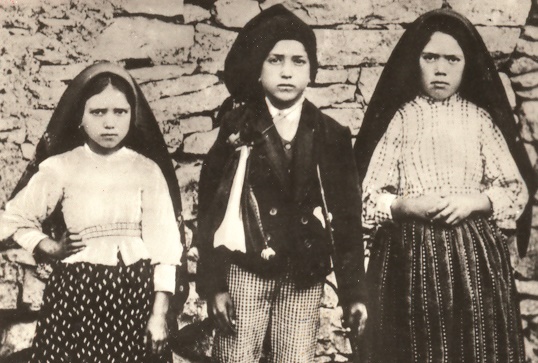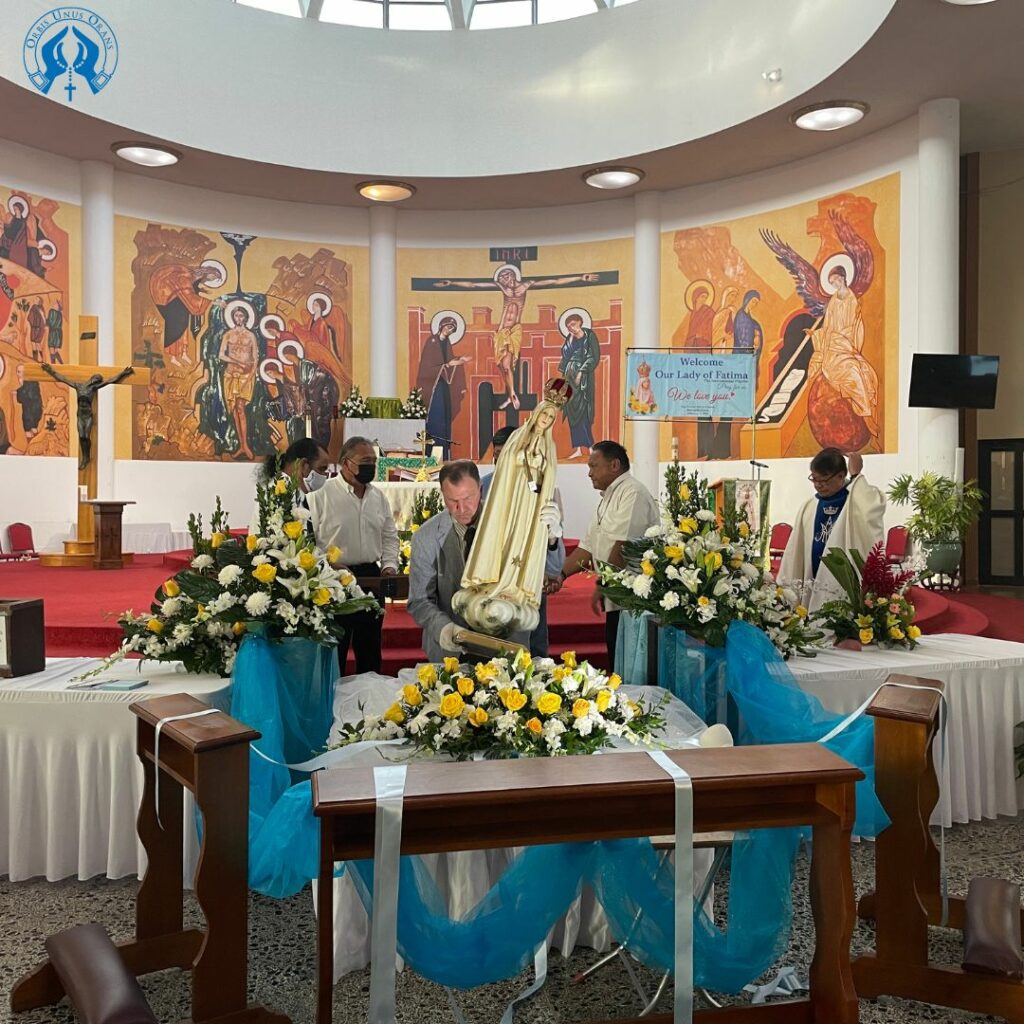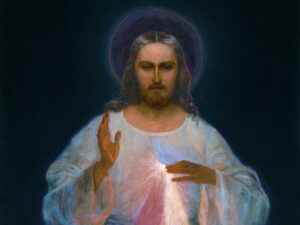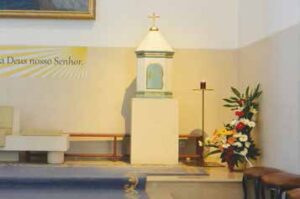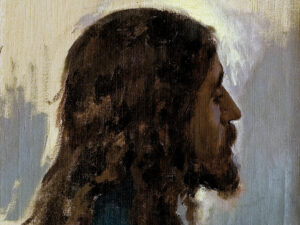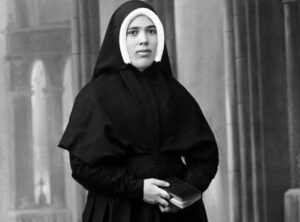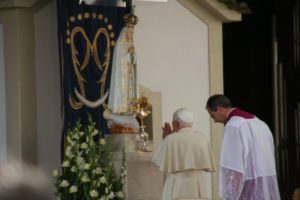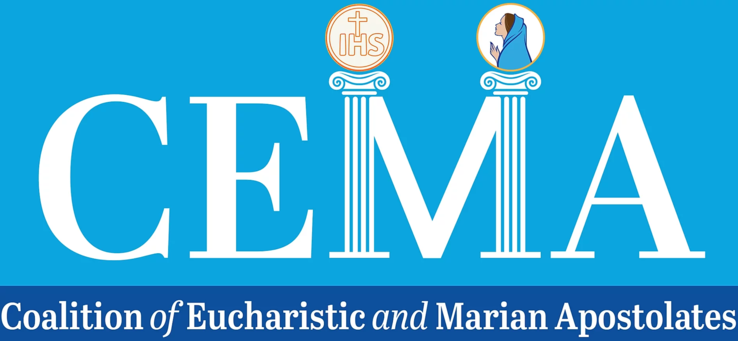by Elizabeth Turello –


What might Christmas in Fatima have looked like for the three Fatima seers? Portugal has held on to many of its Christmas traditions, according to Ana Reis and Nuno Prazeres, directors of the International Secretariat of the World Apostolate of Fatima in Fatima, Portugal, who shared some of them with us.
Unlike America, which tends to start the Christmas season after Thanksgiving, in Portugal, Dec. 8, the feast of the Immaculate Conception, is recognized as a national holiday and only after celebrating this feast do most people bring out their nativity sets, Christmas trees and other decorations, such as azevinho (holly), which symbolizes love, hope and protection.
A common family tradition in Portugal is building a presépio, that is, a nativity. Typically made from fresh moss and a wooden hut, the presépio usually consists of the six prominent figures at Christ’s birth: Mary, José, baby Jesus and the three Maji. Ceramic animals are also included to remind everyone of Christ’s humble beginnings. While it is not limited to couples with young children, building a presépio is often done with the help of children as an interactive way for them to learn the story of Christ’s birth. What a beautiful image to picture each of the three Fatima seers helping to build their families’ presépio!
Family gatherings
The celebrations begin on Dec. 24, just as they do for Catholics around the world. Large family gatherings on Christmas Eve are called Ceia de Natal or Consoada. It is during these gatherings that food becomes a huge part of Portuguese Christmas traditions. For Christmas Eve dinner, Bacalhau com todos, a dish that consists of dried salted cod, boiled cabbage and potatoes, and boiled eggs, all drenched in olive oil, is served. The wonderful thing about Bacalhau com todos is that the leftovers become what is known as Roupa Velha, the meal eaten on Christmas Day.
The night before Christmas
Like every country, traditions vary throughout the regions. In the rural parts of Portugal, including the villages around Fatima, people attend Madeiro, a huge, controlled bonfire that brings the community together before celebrating Missa do Galo (midnight Mass). The fire is lit outside the churches to “warm baby Jesus’ feet.” Sometimes the fires last all night. To think of the three Fatima children collecting branches for the Madeiro (there is often a set date beforehand where the villagers find wood together) warms my heart.
At the end of Missa do Galo, which directly translates to “Rooster Mass,” based on a story-telling of a rooster that crowed at midnight to signal the coming of the Messiah, an image of baby Jesus is brought out. The churchgoers line up and take turns kissing the image of baby Jesus before placing it in the nativity scene. People then head home and the families place the baby Jesus in their own presépio before exchanging gifts. Family members continue their Consoada, often with a glass of port wine, tea or coffee and cake. It is, as Ana and Nuno tell us, “a long, joyful night!”
Christmas Day delicacies
On Christmas morning, families return to church for Christmas Day Mass. Afterwards, families once again gather to continue the celebrations from the night before. Besides the main meal, Christmas Day is when all the delicious desserts are brought out. Some of the most popular are Arroz Doce (rice pudding), deep-fried dough often made with pumpkin sprinkled with cinnamon and sugar, known as Filhós, Rabanadas, which is like French Toast, and Broas de Natal, sweet, oval-shaped biscuits normally made from sweet potatoes, ground almonds, eggs, sugar and orange peel. There is also Bolo rei cake, which in English we call the King’s Cake. While there is most commonly either a baby Jesus or tiny crown hidden inside, the Bolo rei cake is primarily consumed on the feast of Epiphany, signifying the end of the 12 days of Christmas and with it, the celebrations.
It’s hard to remember that 1917 was not all that long ago. While the world has changed significantly since then, Christmas remains the same and these Portuguese traditions have stood the test of time. This Christmas, while setting up your family’s nativity or as you attend midnight Mass, remember that the Fatima seers, too, celebrated their own traditions with a profound focus on the birth of Christ.
Elizabeth Turello is the marketing/communications assistant for the World Apostolate of Fatima, USA. She wrote this article for the Fall 2021 issue of Soul Magazine.


